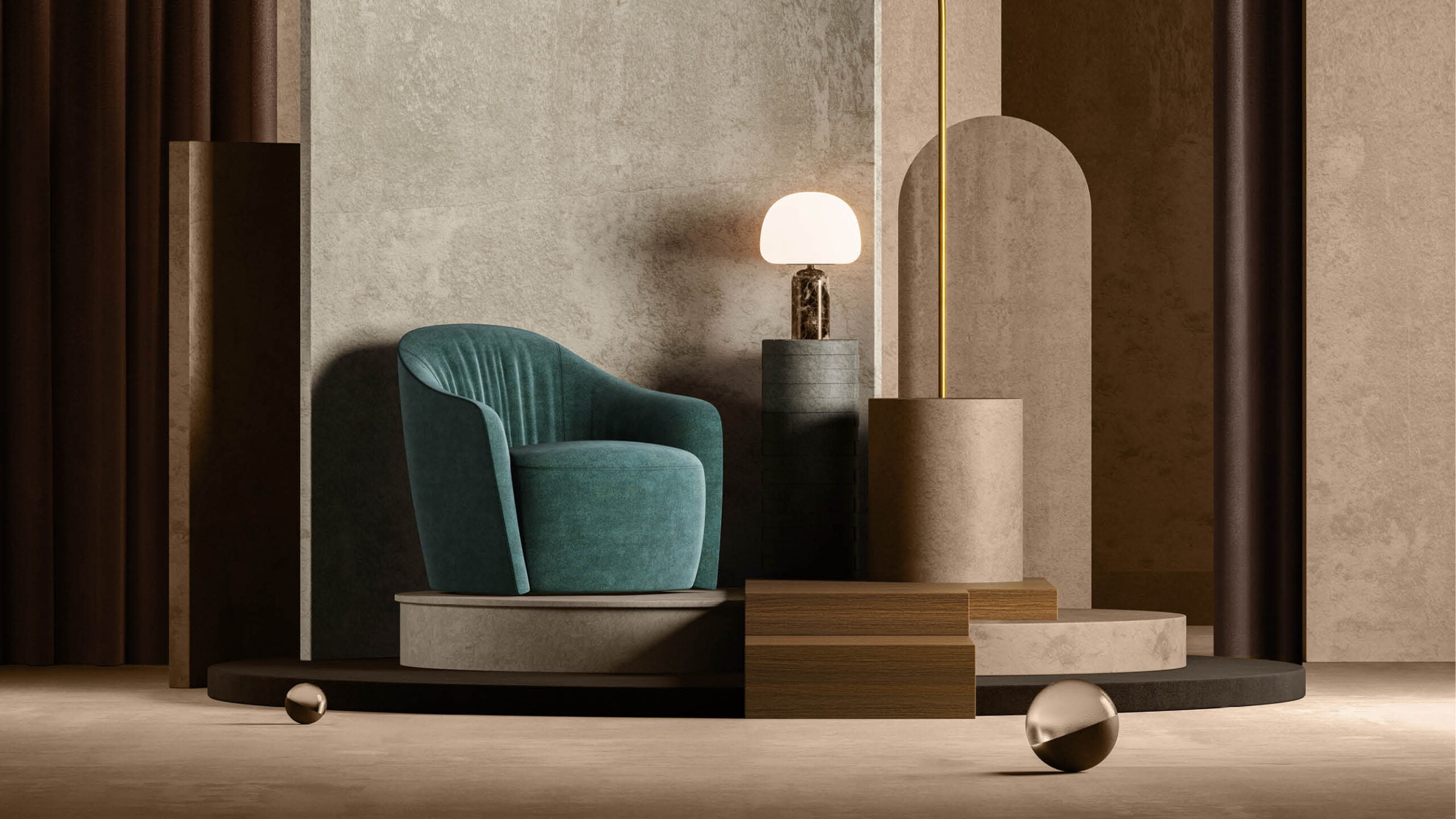Building a Sustainable Industry


by Ceri Lovett, Creative Director
Consumption and production – ever linked – are the drivers of the world economy. However, if we continue to consume goods using materials from the natural environment at the current rate, our survival will be threatened. The UN has warned that the world’s population will be 9.6 billion by 2050, and we’ll need the resources of three planets unless we change our ways.
HRH Prince William, Earthshot Prize 2021, Episode 5: Build a Waste-Free World
In commercial furniture, refits happen years apart which means consumption and waste aren’t as visible as in food production or fast fashion, for example. Post-COVID, many organisations are reconfiguring their offices making now the ideal time to talk about furniture consumption.
As an industry, we need to break away from focusing on cost of purchase and think more about overall cost of ownership. This means much less cheap furniture that dates quickly, breaks easily and ends up in landfill because it can’t be reused or recycled. The costs of consumption and waste are carried downstream.
Responsibly sourced, durable, renewable materials can help rectify this. Just as important is build quality. By investing in quality materials, skills, technology and good design, we can make chairs that last 20 or even 30 years, rather than five or 10.
Aesthetics are an important aspect to consider. Some trendy designs may seem youthful and energetic, but they can date quickly. Designing furniture with long-term appeal, which is functional, elegant and attractive, will help reduce the frequency of refits. Specifiers can help by guiding clients towards styles that will stand the test of time.
Dr Professor Diana Ürge-Vorsatz of the Intergovernmental Panel on Climate Change, speaking at Expo 2020 Dubai
Reconditioning furniture, rather than replacing it, is an excellent way of keeping it in use and up-to-date aesthetically. For example, it can be reupholstered in fashionable colours to keep the look and feel of a scheme current.
According to the study Circular Economy in the Furniture Industry, produced by the FURN 360 Project and the EU, in European countries – 80-90% of office furniture at end of life went to landfill in 2018. One reason for this was poor repairability and a lack of spare parts. Making it easier for businesses to maintain and repair furniture is another excellent way of extending its life, thereby reducing waste.
On the face of it, longer lasting furniture would threaten future revenues for manufacturers. However, with their in-house skills they are ideally positioned to help customers refresh and renew their office furniture. Service and maintenance can become part of the package when schemes are specified.
Lockdowns have given organisations time to rethink their office schemes and also to consider more deeply the environmental impact of their activities, including refits. It may mean far less office furniture goes to landfill in the coming years.
We’ve been approached by customers actively seeking refurbished furniture instead of new – on ethical grounds and because it helps them meet their environmental targets. From corporates to SMEs, there’s much greater awareness about how consumption of office furniture affects the planet.
Interior specifiers and furniture manufacturers are also thinking ahead to the second and third lives of the pieces they deliver. By collaborating with social enterprises and charities, it’s possible to supply everyone from incubator hubs through to firms and state bodies in developing countries with excellent reconditioned furniture.
When a piece of furniture really can’t be used any more, ideally its components will be separated and recovered rather than going to waste. The industry still faces big challenges when it comes to waste and recycling. Firstly, the justifiable public outrage about issues such as single use plastics has left waste recycling facilities overwhelmed. Government intervention is needed to increase recycling capacity.
Secondly, furniture recycling is dependent on recyclable materials being used in the first place. We have come full circle, to the initial design of the furniture and the choice of materials. The more recyclable and/or recoverable content the better.
Increasingly, buyers want environmental transparency with regards to materials and recyclable content. Manufacturers are responding but there is a long way to go, and the decision-making is complex. There are environmental considerations even within recycling. For example, recovering and recycling certain materials can be very energy intensive which makes it difficult to weigh up the best course of action.
Some office furniture manufacturers are already playing a significant role in the second lives of the pieces they produce. However, we need to go beyond that and look at the problem of consumption and waste through a different lens.
Our industry has an opportunity to take responsibility for our products in the same way that many of our customers are taking responsibility for their purchases. We often talk about the four Rs – reduce, reuse, recycle, recover. Let’s introduce a fifth R: refuse. We can refuse to make furniture that is quickly consumed and adds to the global problem of waste.
We have the skills to design and make furniture that lasts longer, and we can utilise and develop our skills to extend the lives of our products. Working more closely with customers in the long term, manufacturers can add value by helping manage the lifecycle of their products after they’ve left the factory. Maintenance and reconditioning, then redistribution and recycling – these things should be planned into the life of every product.
It’s time to adopt ‘furniture as a service’ as a model for our industry in the future. Now is the perfect time to have this conversation so that the ‘make, use, discard’ approach to commercial furniture can be consigned to history.
June 2024
Boss Design North America
High Point N.C. 27262
t. +1 336 889 9400
Boss Design UK
DY2 8SZ.
t. +44 (0) 1384 455570
© Boss Design.

Please wait while you are redirected to the right page...